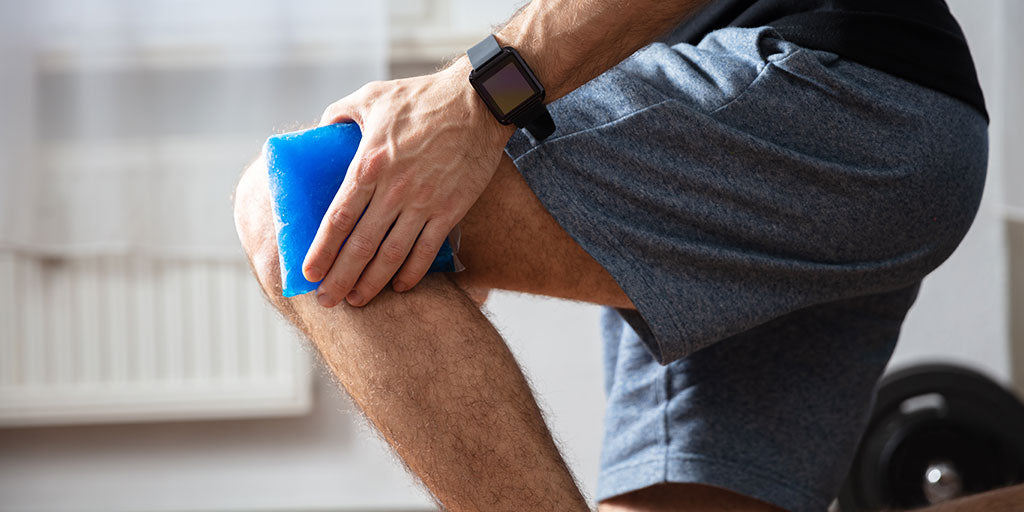- Home
- Shop709 Blog
- Ice and Heat: When Should You Use Them?
Ice and Heat: When Should You Use Them?

It seems like the Ice vs. Heat argument for injuries is almost as old as time. From that first sprained ankle on the soccer field as a kid to arthritis in old age — somehow that argument is always there, always bouncing around the room. And unless you’re a professional physical therapist, determining when to use ice and when to use heat can be confusing. So we’ve broken down the basics: what kinds of injuries call for ice, and what kinds need a little heat treatment. Next time your gym session goes a little too hard, use this guide for reference.
When to Use Ice
Applying ice helps with injury treatment by lowering the temperature in your muscles, which decreases swelling and thus minimizes pain in the area. It’s best used in the short-term after injuries have occurred because the reduced blood flow causes muscles to constrict rather than relax. Icing injuries also helps numb pain, reduce redness of burns and rashes and reduce bruising.
When to Use Heat
While icing an injury reduces blood flow to an area, applying heat will do the opposite. By increasing blood flow to the muscle, it relaxes tightness and eases stiff joints — but it also can stimulate inflammation in injuries that have not healed, so it’s important to only use heat on muscle and joint paints attributed to chronic conditions, such as old injuries or arthritis.
How to Apply
Whether you’re dealing with a long-term joint issue or you’ve recently sprained an ankle, it’s important to note that both ice and heat application should only be used for 15 to 20 minutes at a time. Longer use can cause serious further injury. It’s also helpful to make sure that there is always a layer separating your skin from the source; try wrapping an ice pack in a cloth or putting a warm water bottle in a thick sock.
*NonZero Gravity writers are not medical professionals. For all injuries, seek the advice of your primary care doctor.





Comments 0